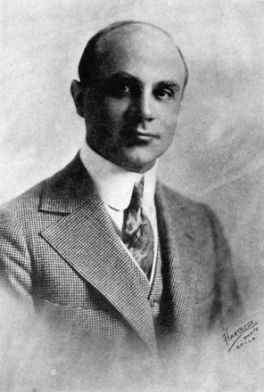Bad Buck of Santa Ynez
R: William S. Hart. B: J.G. Hawks. Thomas H. Ince. D: William S. Hart, Bob Kortman, Fanny Midgley, Thelma Salter. P: Kay-Bee Pictures. USA 1915
“Bad Buck is a little two-reel western (about 24 minutes total) that follows the traditional Hart formula, bad man turned good by (kid/woman/faith). But the short is also one of the only times in Hart’s career that he dies on-camera and the only Hart death scene available on DVD. Hart’s westerns tended to follow a formula (not always a bad thing) so it is always interesting to run into one that bucks the trend. Hart died a grand total of four times (at least judging from extant films and film reviews) during his time in Hollywood. (…) To give you a sense of how rare it is for Hart to die in a movie, he starred in over seventy films between 1914 and 1925. (…)
There are two things silent actors just loved to do: Go insane and die. Why all this death and madness? Well, it gave performers the chance to show their versatility. Plus, if you were dying or going mad, chances are the camera would focus on you. The undisputed champions of this activity were Lillian Gish, John Barrymore and Lon Chaney. Let’s get morbid! How does Mr. Hart’s deathly skill measure up to this renowned trio? My verdict is that he does well but his death is a little ‘pretty’ for my taste. I give him a solid “B” for his skill at dying. (…)
The story of Bad Buck is very much in keeping with Hart’s style and in the style of shorts of the late nickelodeon era. Short dramas were already on the way out the door, replaced by features and never to return. Even today, the twenty minute to half-hour length is reserved for cartoons and sitcoms. I have to say, though, that the dramatic short films is something that deserves a second look. A well-made dramatic short is like a good short story, it aims for impact and a vignette of human nature. Bad Buck of Santa Ynez is no exception. It is a William S. Hart Good Bad Man drawn with quick, colorful strokes. (…)
I generally prefer Hart’s earlier westerns. While some of his later work could be wonderful, he tended to get trapped in either fulfilling his chosen formula or attempting to subvert it. Plus, the earlier films often avoid the overbearing religiosity that give his later offerings the flavor of a sermon, albeit one delivered by a very violent preacher.
The direction, as was typical for Hart, is simple and to the point with emphasis on the wild beauty of the west. However, there is a nice panning shot at the climax when the posse comes through the door to arrest Buck and discover his body instead.”
Fritzi Kramer
Movies Silently
More William S. Hart on this site:
>>> William S. Hart
>>> W. S. Hart’s First Feature Film
